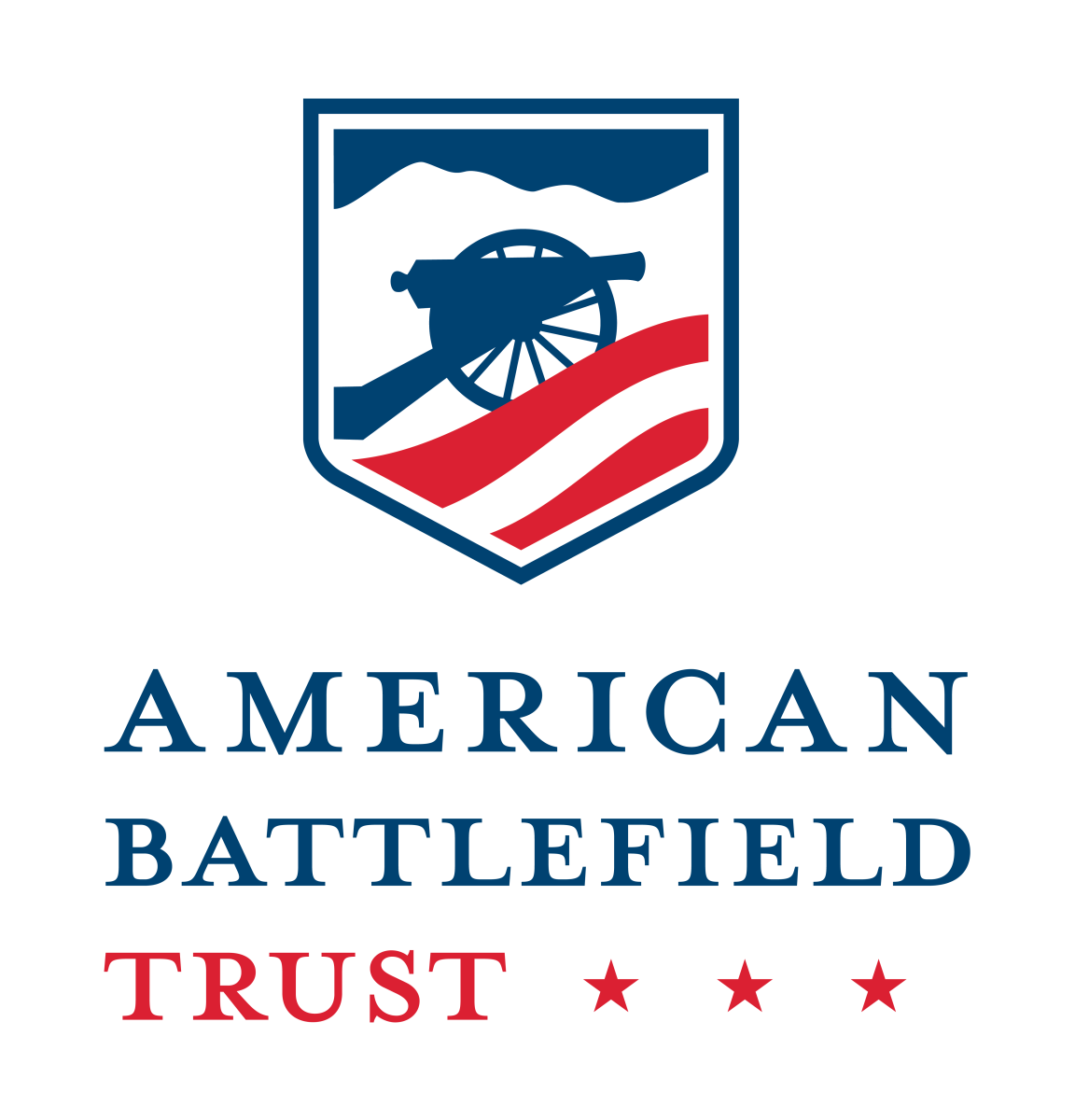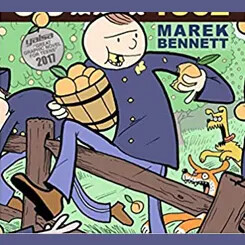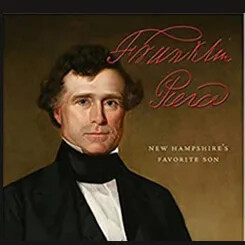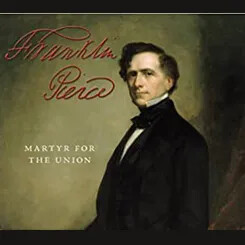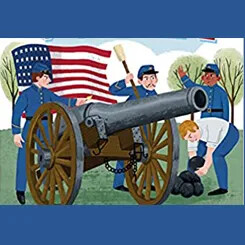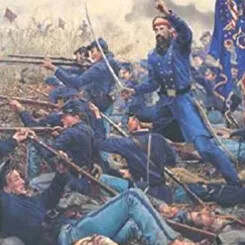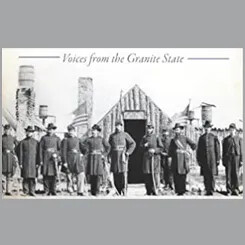Life on the Home Front
How did the Civil War impact New Hampshire for those who weren’t fighting?
Even for those who remained in New Hampshire, the Civil War dominated their lives. Communities adjusted to large numbers of men being absent, a change that hit farm families particularly hard. Towns and cities reallocated their resources and engaged in an unprecedented level of spending. Industries and businesses shifted their focus to war-time needs. And politicians reorganized their party structure and rethought their traditional stances.
Providing Care. Communities across New Hampshire mobilized to support the soldiers, outfitting them for military service and supplying them with care packages from home throughout the course of the war. Many of these efforts were coordinated by the N.H. Soldiers’ Aid Society and the dozens of local chapters that sprang up all over the state. Church groups and women’s clubs supplemented these efforts, knitting socks and mittens, rolling bandages, and organizing care packages. Towns not only contributed supplies for the soldiers in the field but also were required by state law to financially support soldiers’ families. At the same time, for those who remained at home, there were greater demands for agricultural goods, as farmers needed to produce enough to feed themselves and their families, but also the families of those who were serving in the military while contributing food to the Union Army as well.
For soldiers who returned home sick or injured, local communities often gave assistance to families to provide care for disabled veterans. The state set up just one hospital during the war for soldiers—Webster Hospital in Manchester, which dealt with some of the more severe cases—but Granite Staters stepped up across New Hampshire to offer housing and medical aid to those who had served. It was a largely informal effort, though. Nurses like Harriet Dame spent hours writing to people she knew in New Hampshire, seeking support for soldiers who were returning to the state requiring assistance. In most cases, the towns determined for themselves what support was needed for disabled soldiers, and the level of care offered varied accordingly.
Industrial Output. New Hampshire industry mobilized for the war effort as well. The North outproduced the South in every way over the course of the war, and New Hampshire made a substantial contribution to that output. The state’s textile mills produced thousands of uniforms for the Union Army, as well as boots, socks, and rifles, although some mills, suffering from the lack of southern cotton, went out of business during these years. Mills in Troy, New Hampshire, produced blankets for Union horses that quickly gained a reputation for durability, becoming known universally as “New Hampshire blankets.” The Abbott-Downing Company, which was known internationally for the famous Concord coach, built wagons, carts, and ambulances for the Union Army. The Amoskeag Mills, which had already been in the process of diversifying their output when the war began, built steam engines to support the Union war effort, helping to move men, weapons, and supplies to the various theaters of fighting.
The Portsmouth Naval Shipyard also made a substantial contribution to the Union war effort, producing many of the U.S. Navy’s ships during this period. The most famous one was the USS Kearsarge. Named after Mount Kearsarge, it launched from the Portsmouth Naval Yard in early 1862 and was sent to European waters to intercept Confederate ships that were bringing supplies back to the South. All of the European countries had maintained neutrality during the war, and they all traded with both the North and the South, but these ships were fair game on the open seas. Both the Union and the Confederacy used commerce raiders, which were warships charged with sinking the other side’s merchant ships. The Confederacy’s most successful commerce raider was the CSS Alabama—in fact, the Alabama was one of the most successful commerce raiders in naval history, sinking more than 65 Union merchant ships. The Alabama was thus a significant danger to northern shipping during the war.
In total, 20 Union warships had been charged with locating the Alabama, which seemed to have enormous luck evading the Union patrols set up in the Atlantic throughout 1862, 1863, and early 1864. The Kearsarge was the ship that finally found the Alabama, although it took more than a year and a half of searching the Atlantic. During that time the Kearsarge traveled as far south as the Canary Islands off the coast of West Africa and as far north as the Outer Hebrides Islands, which lie off the north coast of Scotland. In June 1864, the Kearsarge spotted the Alabama in port at Cherbourg, France. The Kearsarge waited for the Alabama to leave port and sail out of French waters before going on the attack. The battle was over quickly, although spectators said it was spectacular, with the two ships circling each other while firing almost continuously. After just an hour, the Alabama was sunk, in part because the Kearsarge had been secretly armored with iron chains in its hull, making it less vulnerable to the Alabama’s cannon fire. The battle captured the public’s attention in both Europe and America, and was later depicted in several works of art.
Dealing with Dissent. Despite the state’s expansive support for the war effort, not everyone in New Hampshire joined the Republican Party or enthusiastically endorsed the Union cause. One source of disaffection was the never-ending need to supply more men to serve in the military. Even in the early days of the war, many towns offered bounties to men who would enlist, although these bounties strained town budgets. The state also offered bounties in an effort to meet federal quotas for soldiers. Although thousands of men did enlist and fight for the Union throughout the North, the federal government instituted a draft in March 1863, which the states were required to implement.
The draft was very unpopular in New Hampshire—and elsewhere in the North—and state officials delayed instituting it for several months. It was organized as a lottery, although the unlucky men whose names were pulled could hire a substitute to take their place for $300, a system that was even more unpopular than the draft because it favored the wealthy. (The sum of $300 was a substantial amount for that time, equaling more than $6,000 today.) Violence erupted in some locations when officials tried to conduct the lottery, most seriously in Portsmouth in July 1863. Nevertheless, the draft started in New Hampshire the following month, although Granite Staters continued to resent both it and the bounty system. Bounty jumpers—those who collected the money to serve as substitutes and then promptly deserted—became common. The soldiers generated by the draft or serving as substitutes were unenthusiastic, to say the least.
The draft also became a political grievance, as the Democrats in the state played up public disaffection with the draft and, by extension, the war. Although the Republican Party remained firmly in control of New Hampshire politics throughout the war and beyond, the Democratic Party was not as diminished in New Hampshire as it was in most other northern states. It was a formidable minority party, ready to capitalize on any Republican missteps. Most of the state’s Democrats were moderates; they believed in the Union, but their support for the war effort waxed and waned.
However, New Hampshire did have a contingent of Democrats who vigorously defended the South, most notably the publisher and editor of a Concord newspaper called the Democratic Standard. The newspaper routinely printed vehement denouncements of the Republicans, the federal government, and the war. It even disparaged Union soldiers, accusing them of cowardice, ineptitude, and stupidity. At the same time, the Standard ascribed every virtue to the Confederates and continuously praised them as the real American patriots. In the midst of a blistering heatwave in August 1861, a mob attacked the offices of the newspaper in downtown Concord, destroying the printing press and causing bodily harm to the printer and his brothers. News of the attack on the Standard traveled far and wide, even appearing in Confederate newspapers in the South. It was the first of what became a string of attacks on northern publications that objected to the war and tested the limits of free speech.
Former President Franklin Pierce once again emerged as the leader of the state’s Democratic Party during the war years. He had kept a fairly low profile after leaving the White House in early 1857, other than a brief—and failed—attempt to broker a compromise during the secession crisis. In the early months of the war, Pierce supported the federal government, believing that there was no other way to preserve the Union. But as the war dragged on, he grew increasingly disenchanted, as did other northern Democrats. On July 4, 1863, Pierce publicly denounced the war in a speech in Concord, calling it “a fearful, fruitless, fatal civil war” and arguing that the North could not win. But Pierce’s timing was poor. Union forces had dealt the South a decisive blow at the Battle of Gettysburg the day before, and the next day, Confederates surrendered Vicksburg, a vital southern stronghold on the Mississippi River. These two great victories turned the tide of the war in the North’s favor.
The Democrats may not have been able to seize power at the state level, but they were still a force to be reckoned with at the local level in many places in New Hampshire. The tension between Democrats and Republicans made for some difficult town meetings in communities all over the state. At the Goffstown town meeting in March 1864, for example, local Democrats and Republicans came to blows over voting procedures, each side convinced that their constitutional rights were at stake. The state militia had to be called out to restore order. Newspapers ran the story of the disrupted town meeting under the headline, “War in Goffstown,” highlighting the political discord that likely simmered in many towns in New Hampshire during these years.
When news reached the Granite State of the surrender of Robert E. Lee in early 1865, people flooded into the streets of cities and towns all over New Hampshire in celebration. Just five days later, though, Lincoln’s assassination plunged the North into mourning. A crowd showed up at Franklin Pierce’s home shortly after word of Lincoln’s death reached Concord, although it is unclear whether the crowd was an angry one or just seeking some consolation from one of the state’s most prominent native sons. Pierce apparently gave a speech that praised the Union and reminded the crowd of his years of service to the nation and the state. Not everyone who heard him believed him to be sincere, but his words were apparently enough to dispel the crowd. In the months after the war, Pierce exerted his influence with the federal government to argue for leniency with his old friend Jefferson Davis, although he did so quietly.
Surprisingly, Lincoln’s death had some connections to individual Granite Staters. New Hampshire’s former Senator John Parker Hale saw Lincoln in the White House on the very afternoon of Lincoln’s death. Hale had recently been appointed minister to Spain and was meeting with the president to receive some last-minute instructions. That night at Ford’s Theater, Dr. William Child of the Fifth New Hampshire was in attendance when the president was shot. Child almost immediately wrote to his wife of what he had witnessed: “This night I have seen the murder of the President of the United States. . . . It seems all a dream—a wild dream. I cannot realize it although I know I saw it only an hour ago.”
As the nation reeled from Lincoln’s death, New Hampshire native Benjamin Brown French, of Chester, was put in charge of organizing his funeral in Washington, D.C. French hailed from a well-known Granite State family and had already distinguished himself in organizing Lincoln’s inauguration parade in 1861. He held a number of offices in the federal government and seemed to have a knack for being on hand for important events, such as Lincoln’s Gettysburg Address in November 1863. While Lincoln delivered his second inaugural address on the steps of the U.S. Capitol building in March 1864, French argued with an angry spectator, who turned out to be John Wilkes Booth; French succeeded in keeping him away from the president that day but was not in attendance at Ford’s Theater when Booth shot Lincoln. For the fallen president’s funeral, French coordinated the mourning decorations for all federal buildings and designed the catafalque on which Lincoln’s coffin rested in the U.S. Capitol. He even personally prepared Lincoln’s body for burial.
Within days of Lincoln’s death, the Confederacy collapsed, and the war ended. New Hampshire regiments participated in the Grand Review parade, held in Washington, D.C., on May 23 and 24, 1865. Gradually, the soldiers were mustered out and returned to their homes in the Granite State, but for many—particularly those who lived on farms—it was only a temporary return. Having struggled for years with New Hampshire’s inhospitable soil and short growing season, hundreds of returning soldiers packed up their families and moved west after the war. Their military service had shown them other parts of the country, and they believed better opportunities awaited them elsewhere.
New Hampshire faced other problems in the postwar world as well, namely a crippling amount of debt at both the local and state levels. In an effort to raise $13 million, the state government even instituted a temporary income tax to pay off part of it. Farming communities would continue to struggle and decline, but New Hampshire was on the cusp of an economic boom by the time war ended, one that was fueled by a massive expansion of the state’s industrial capacity. Factories would emerge across the state in the second half of the 19th century, bringing in their wake the rise of cities and the arrival of tens of thousands of immigrants.


